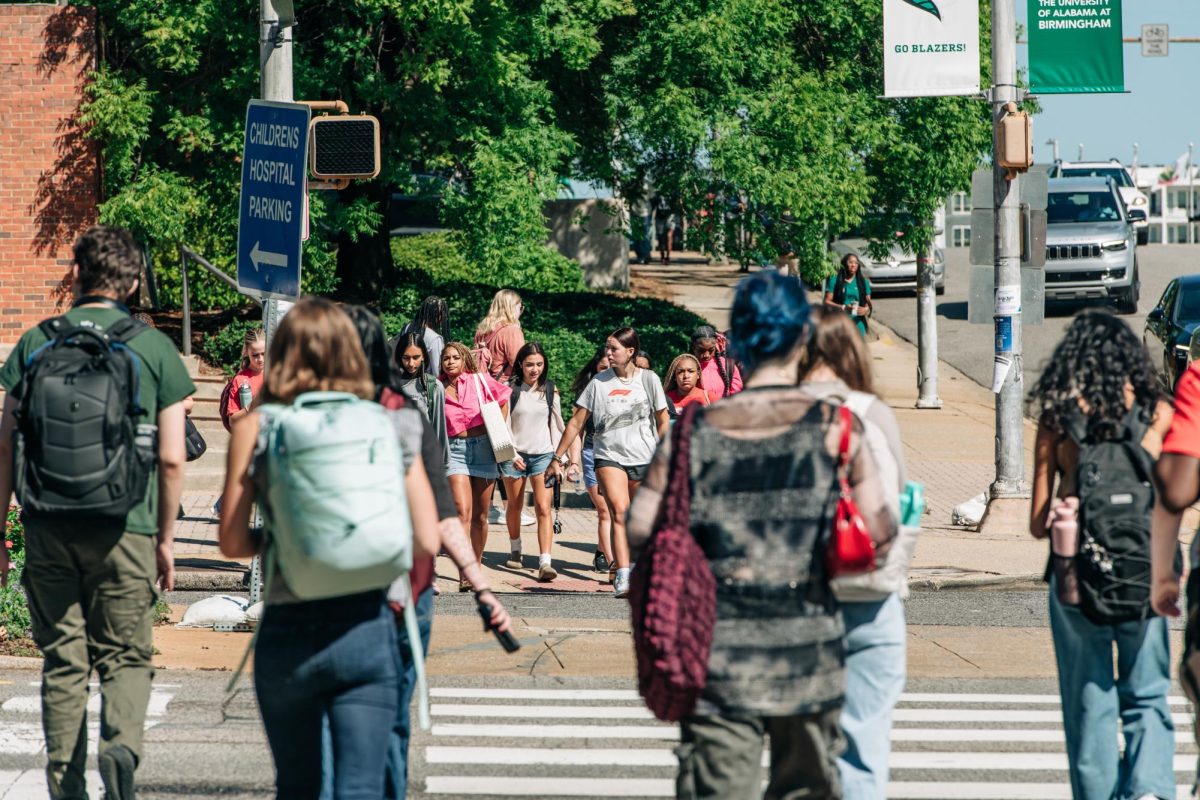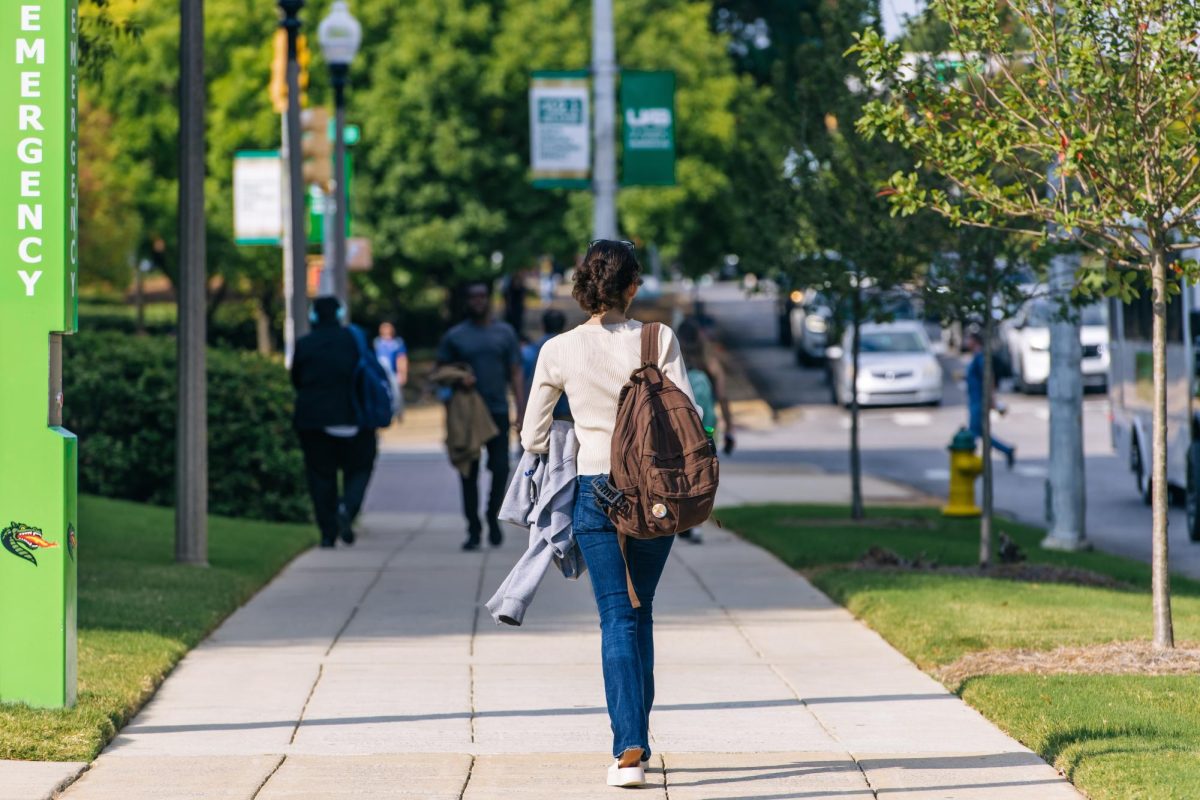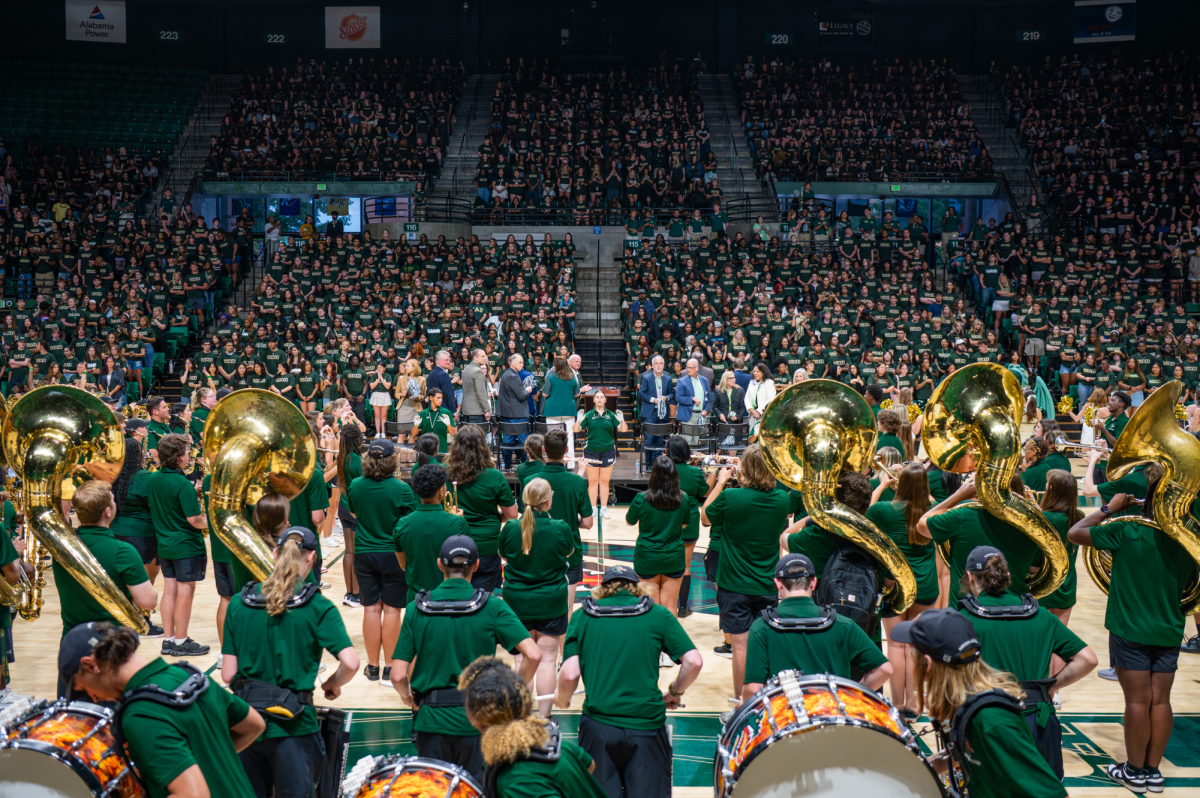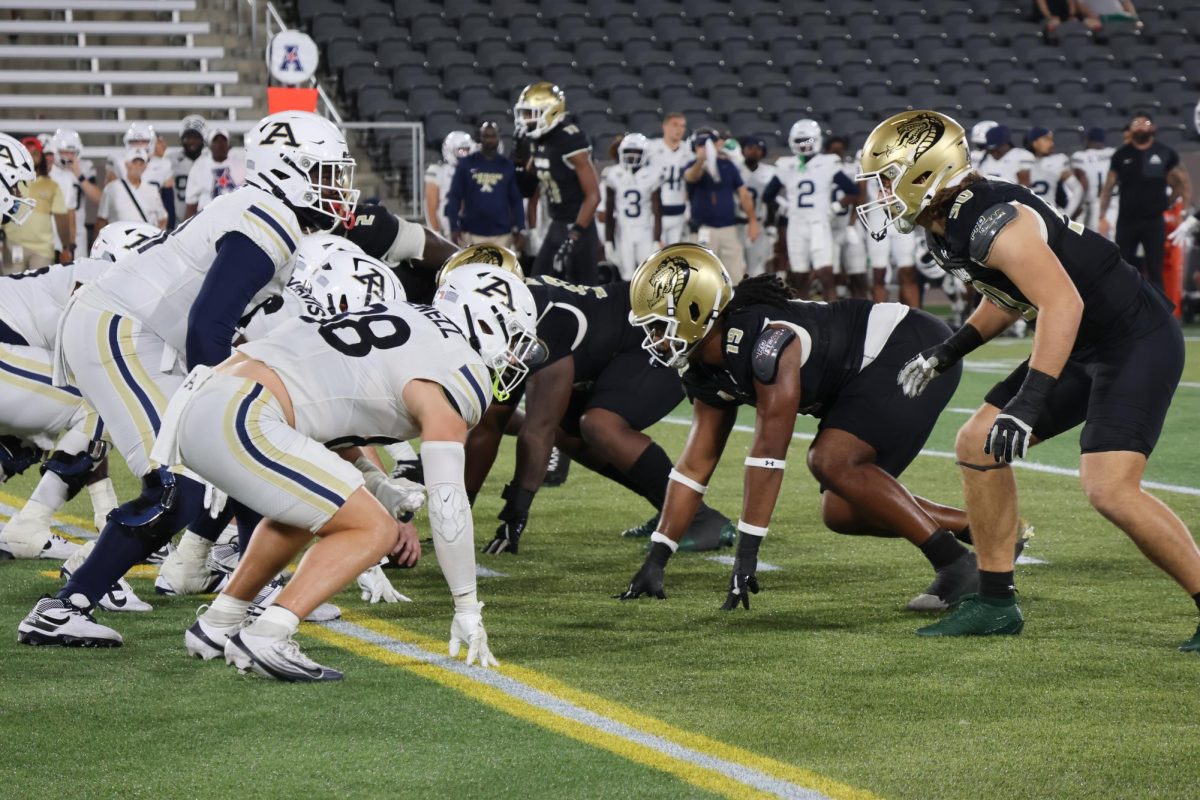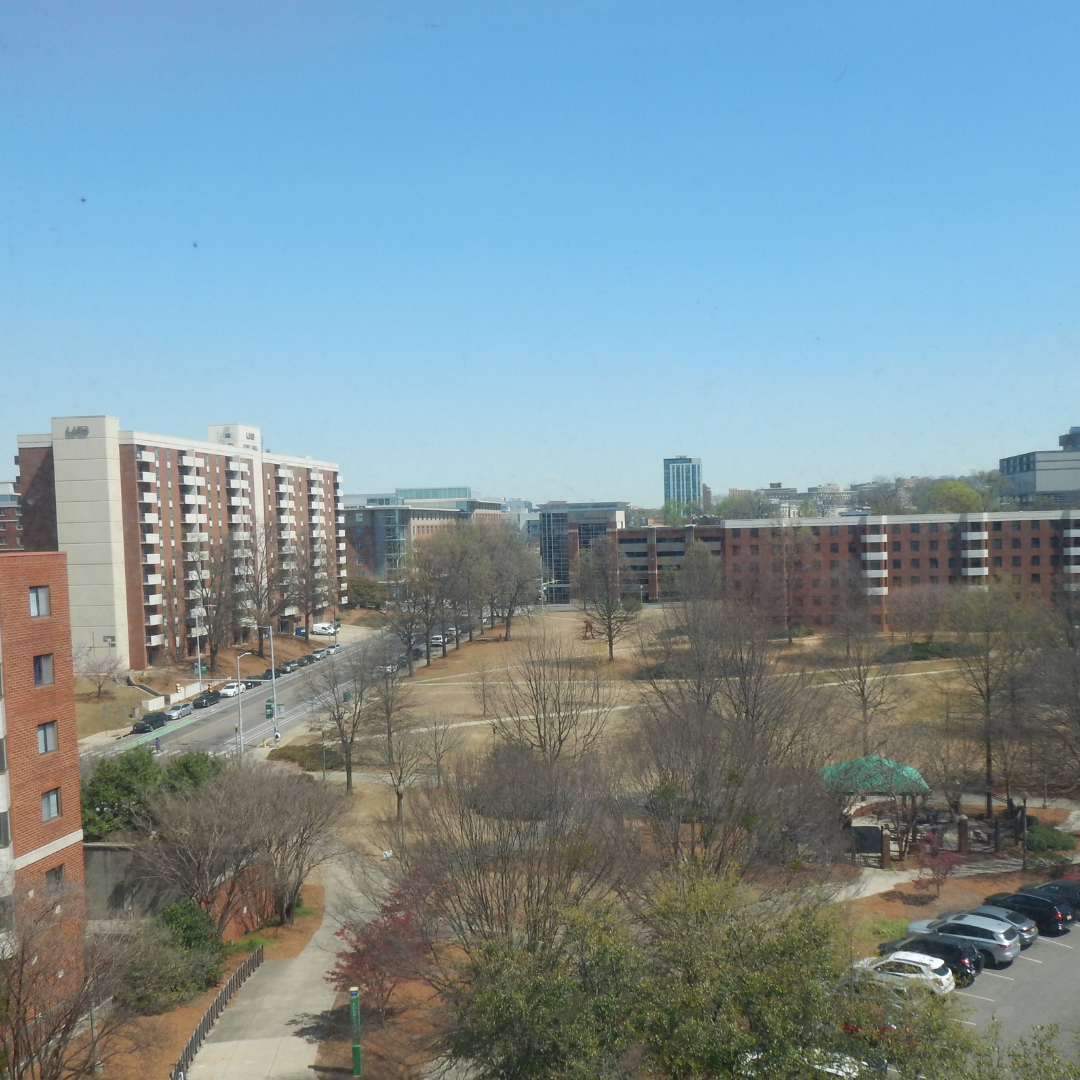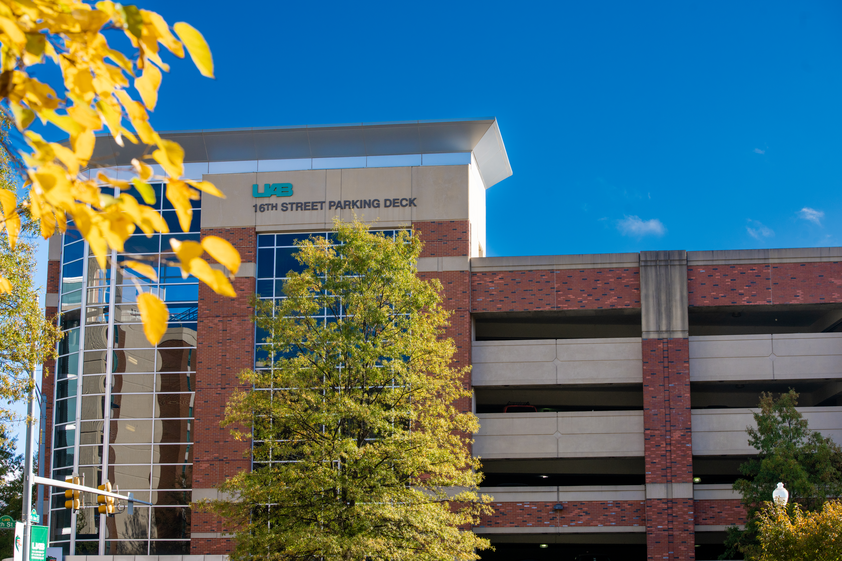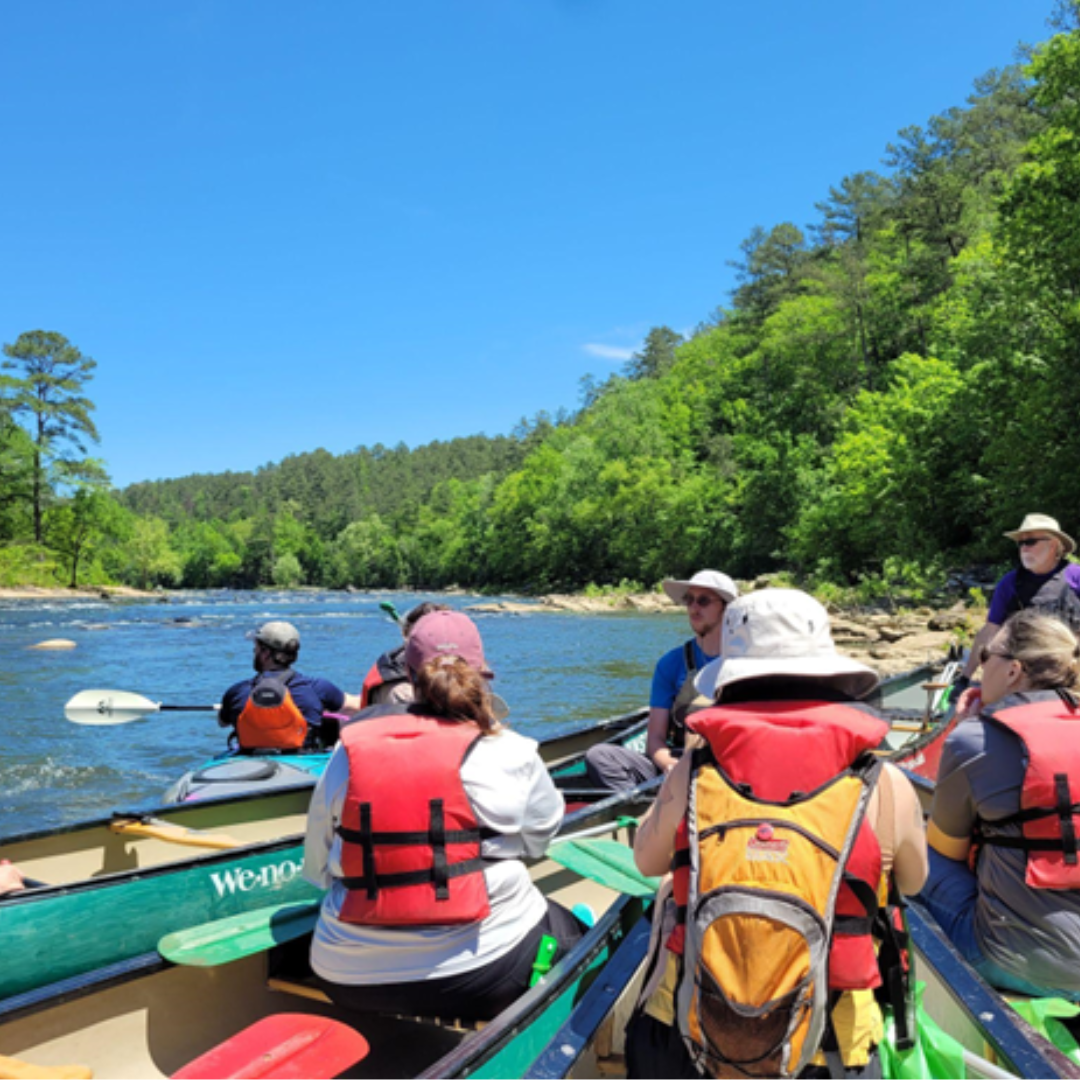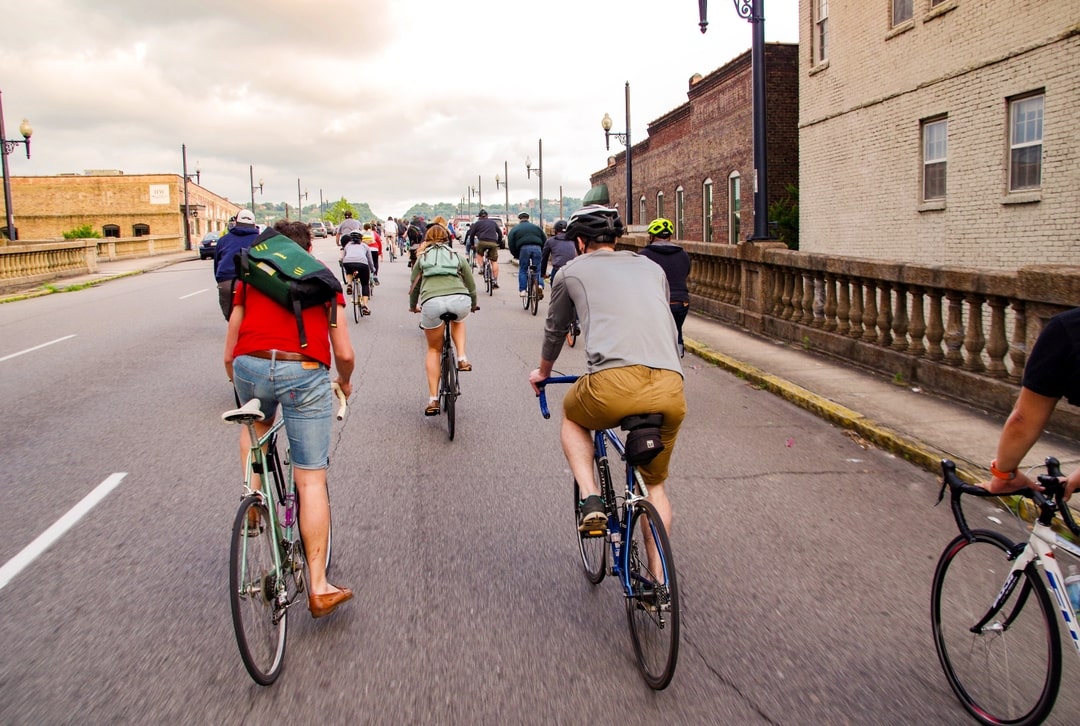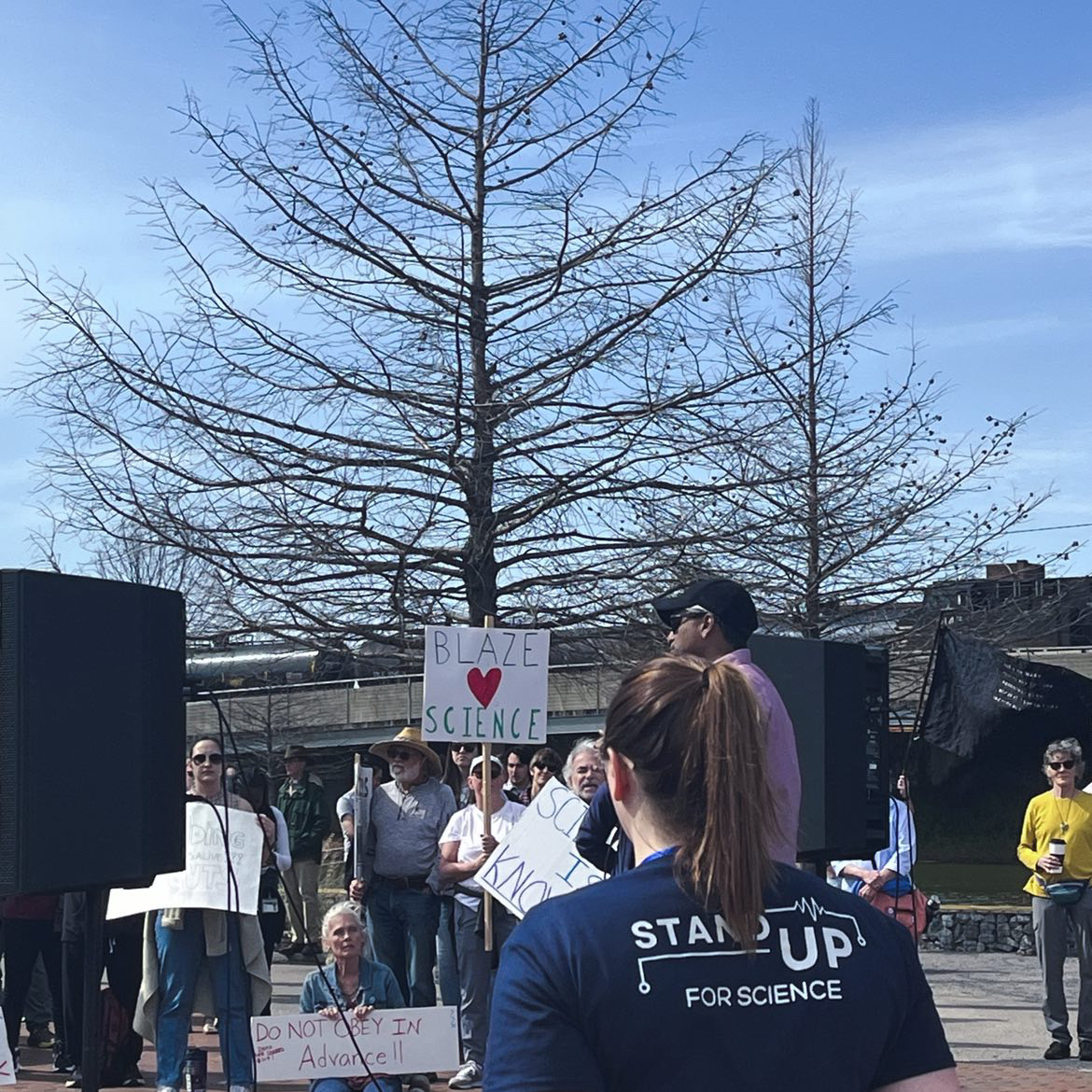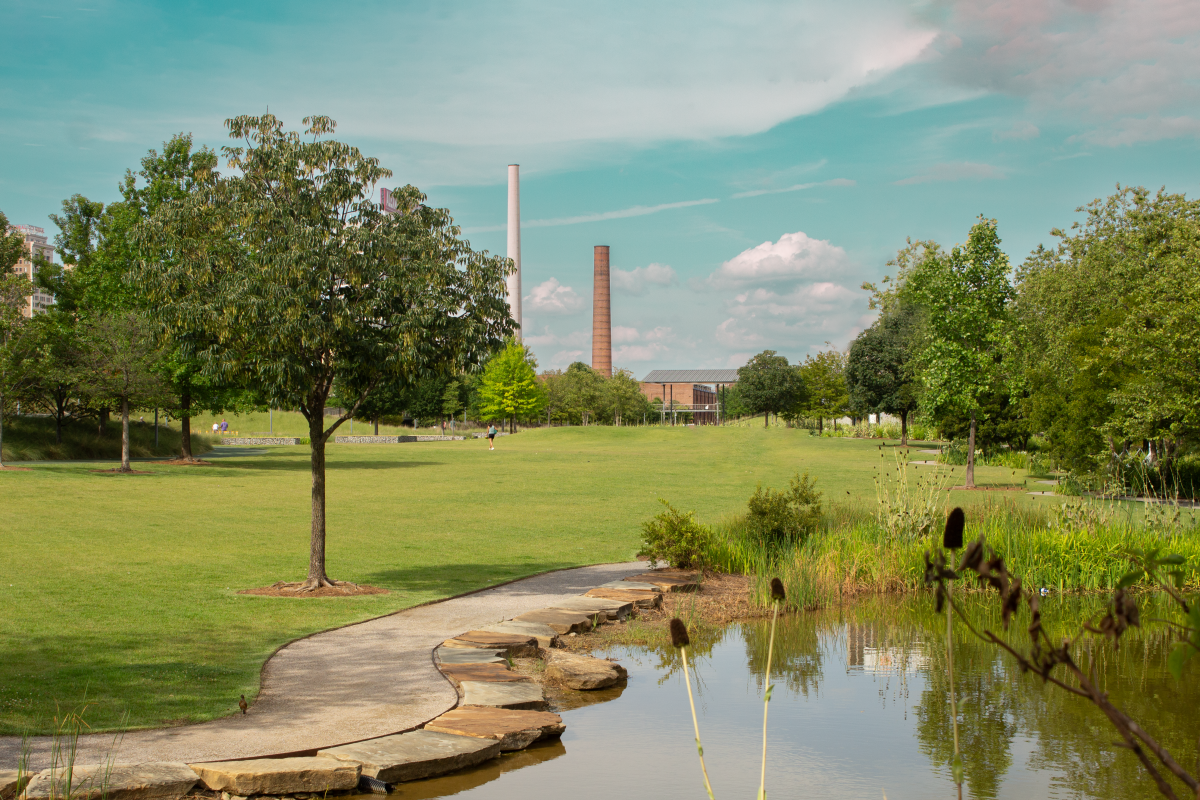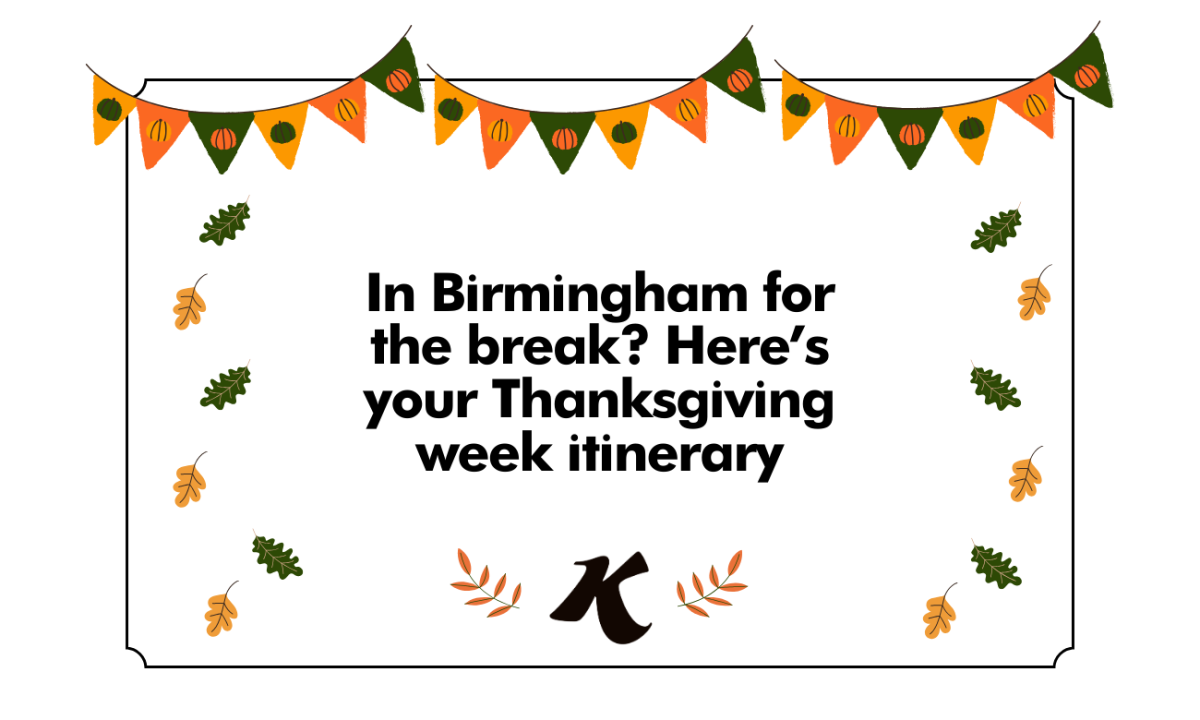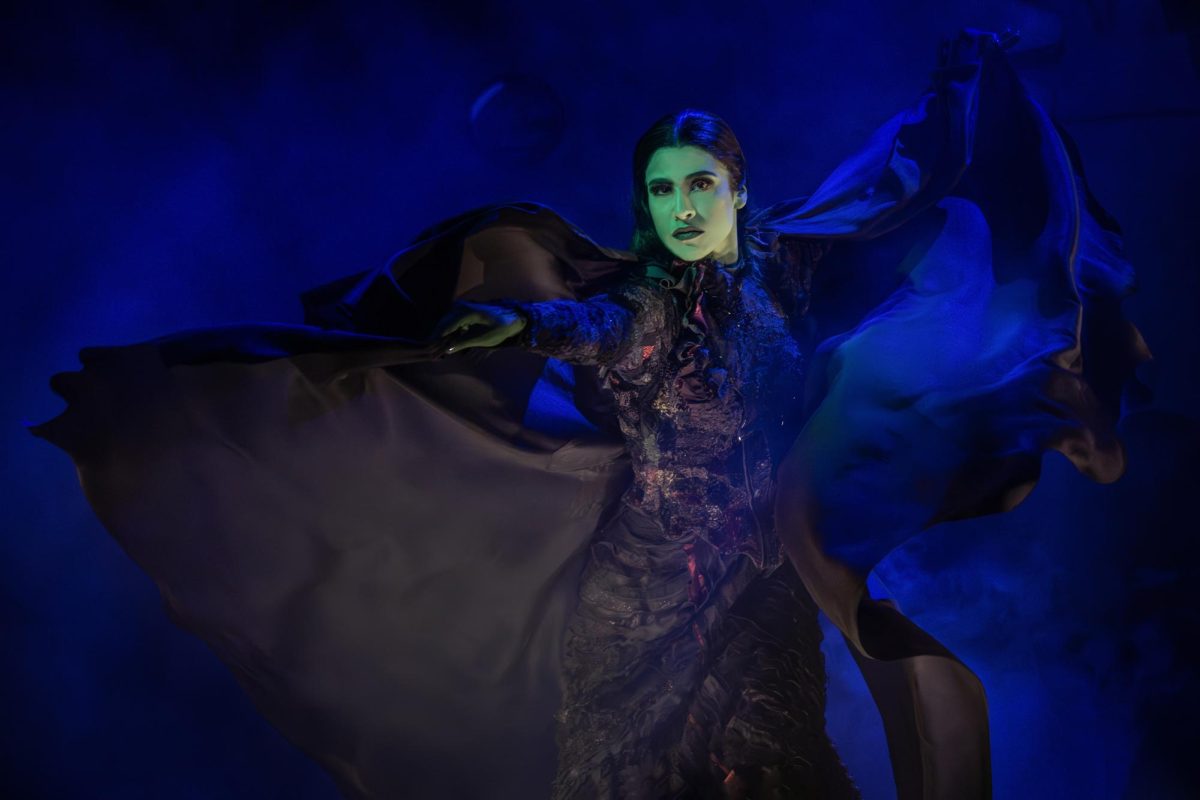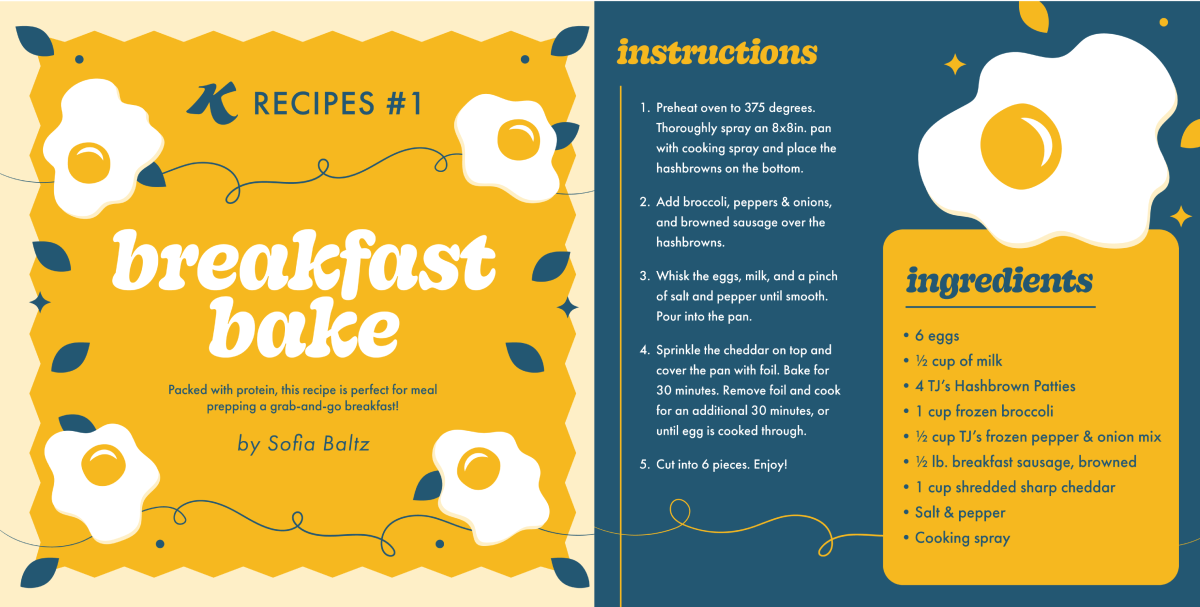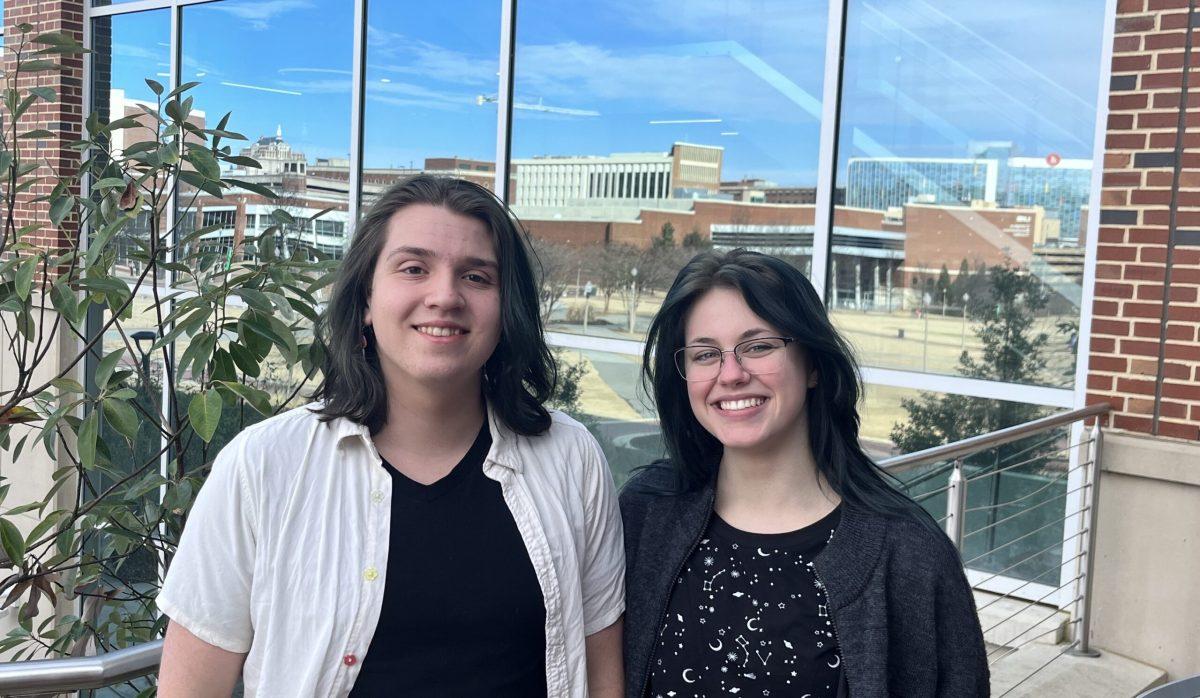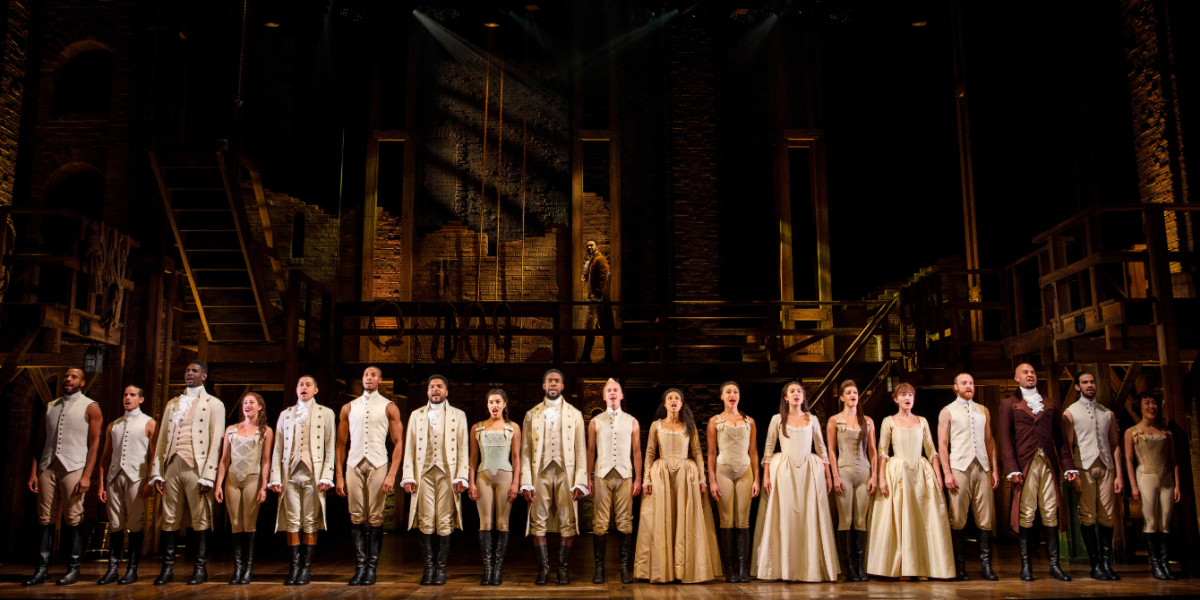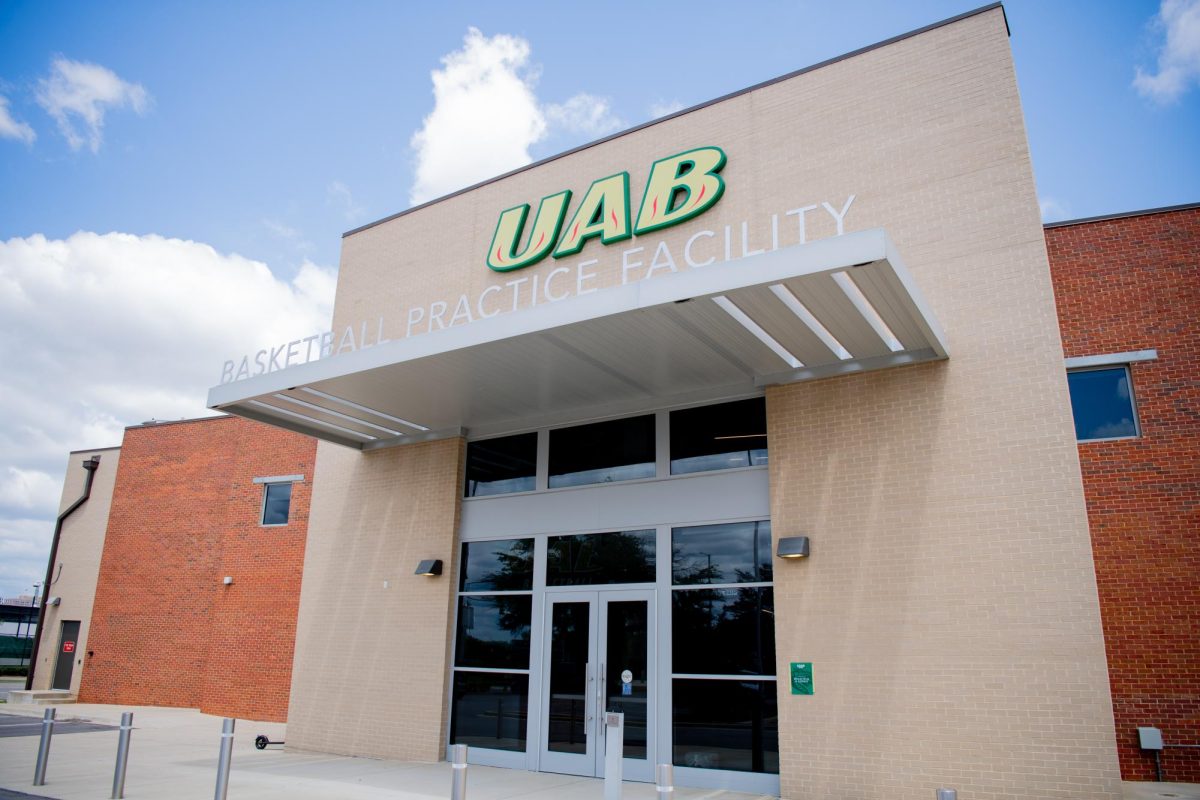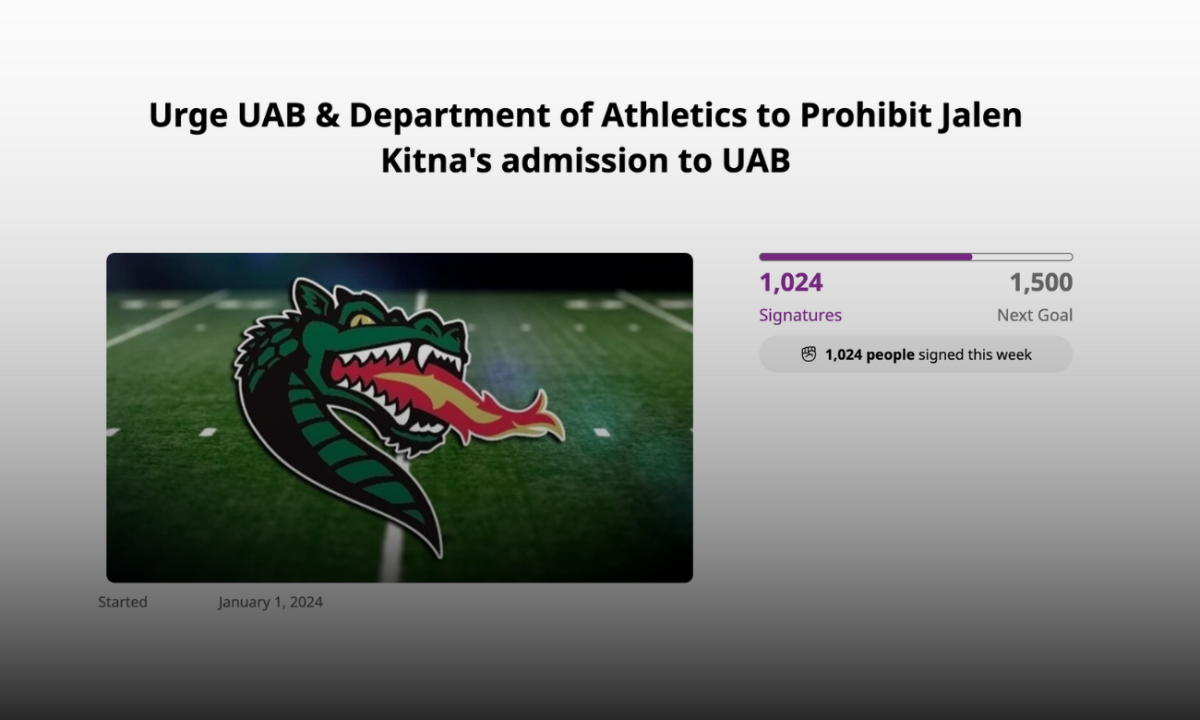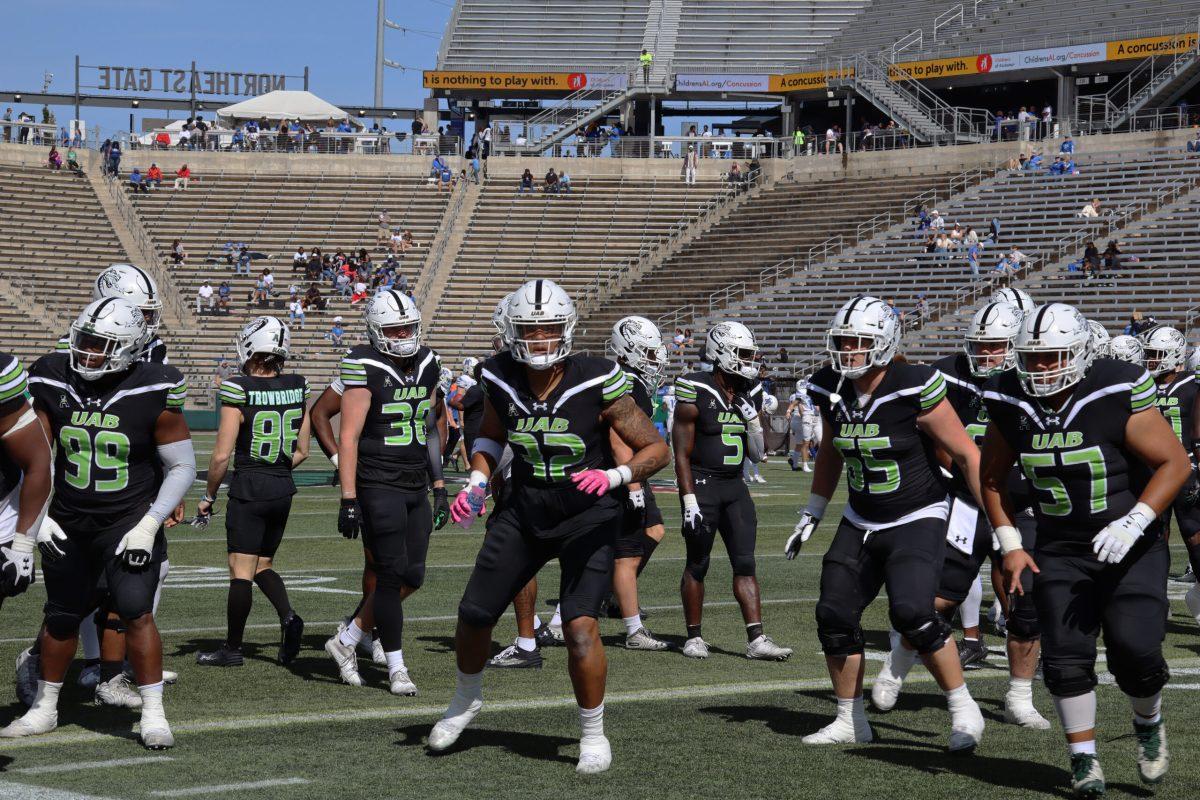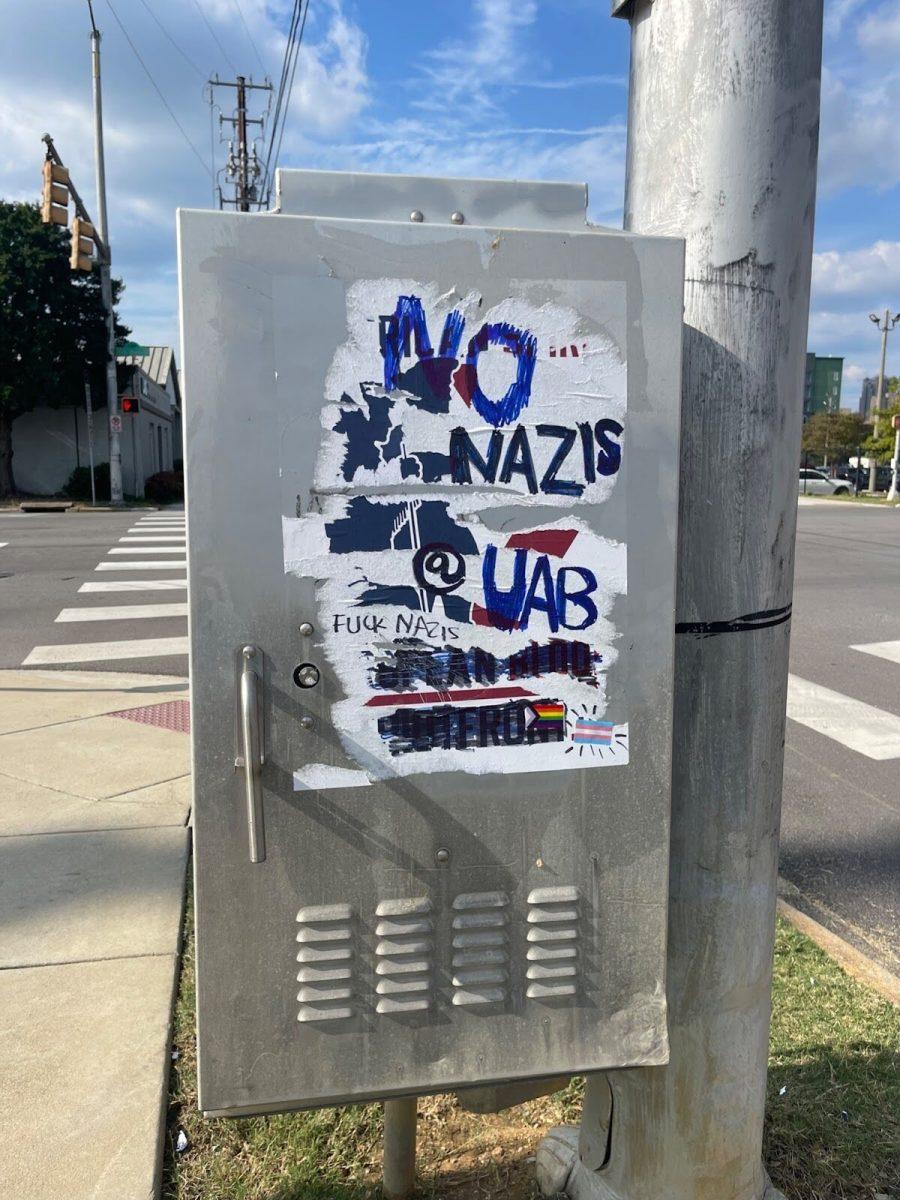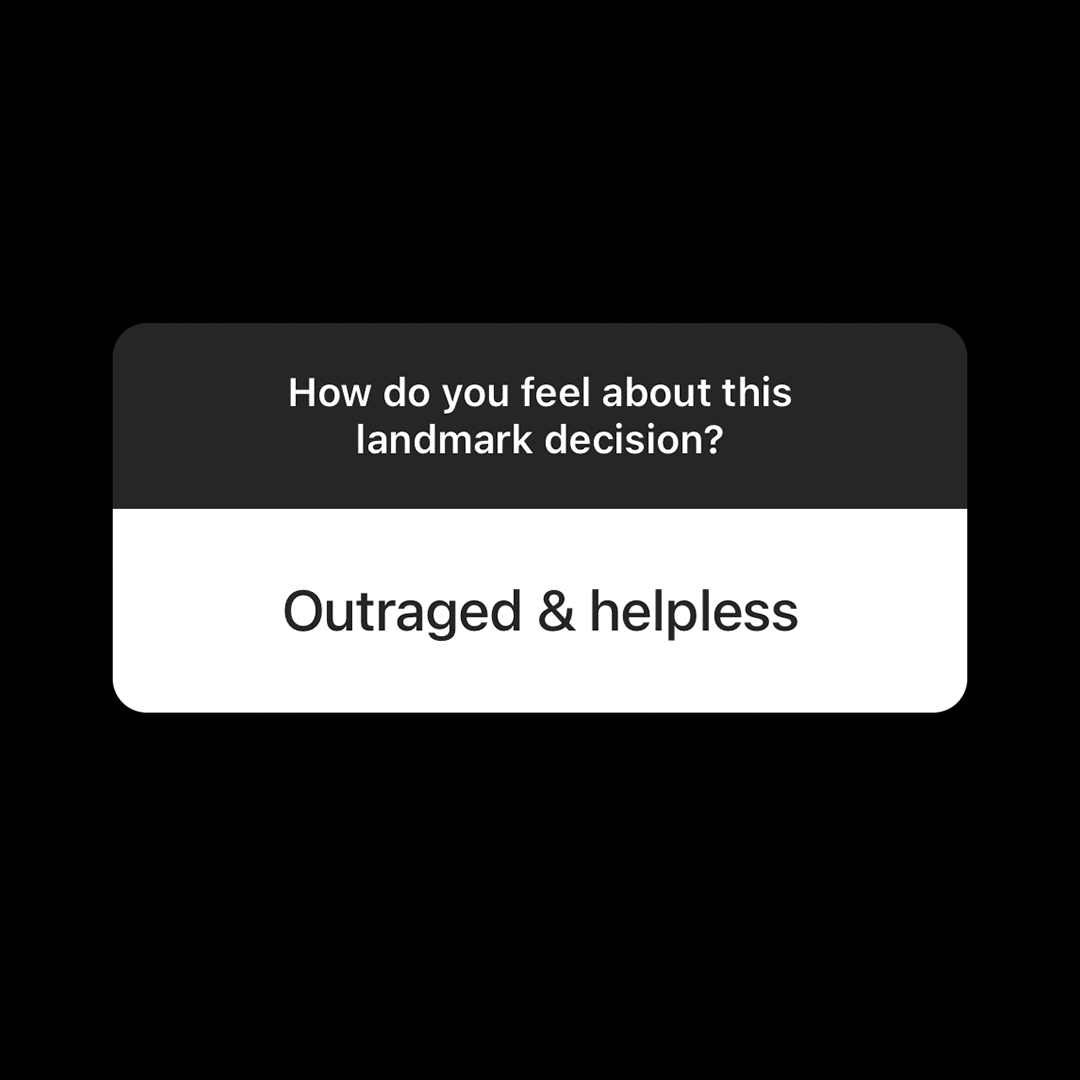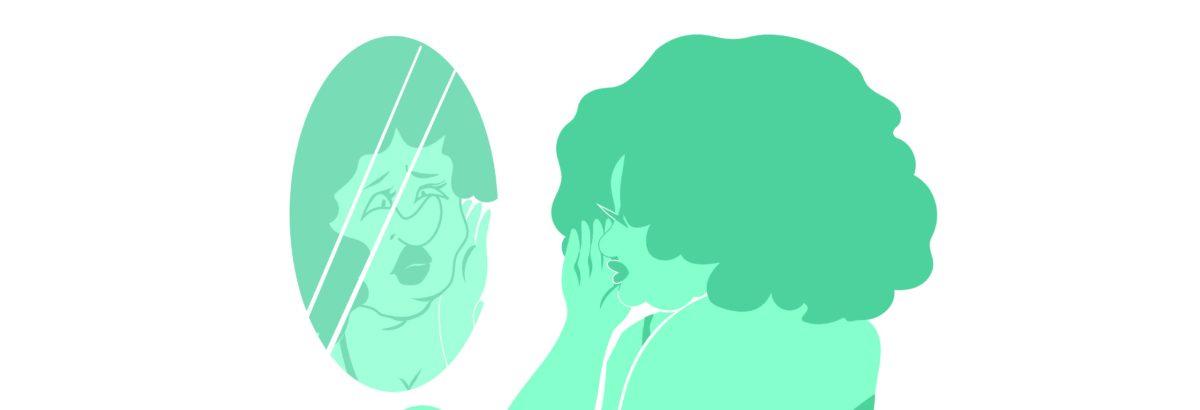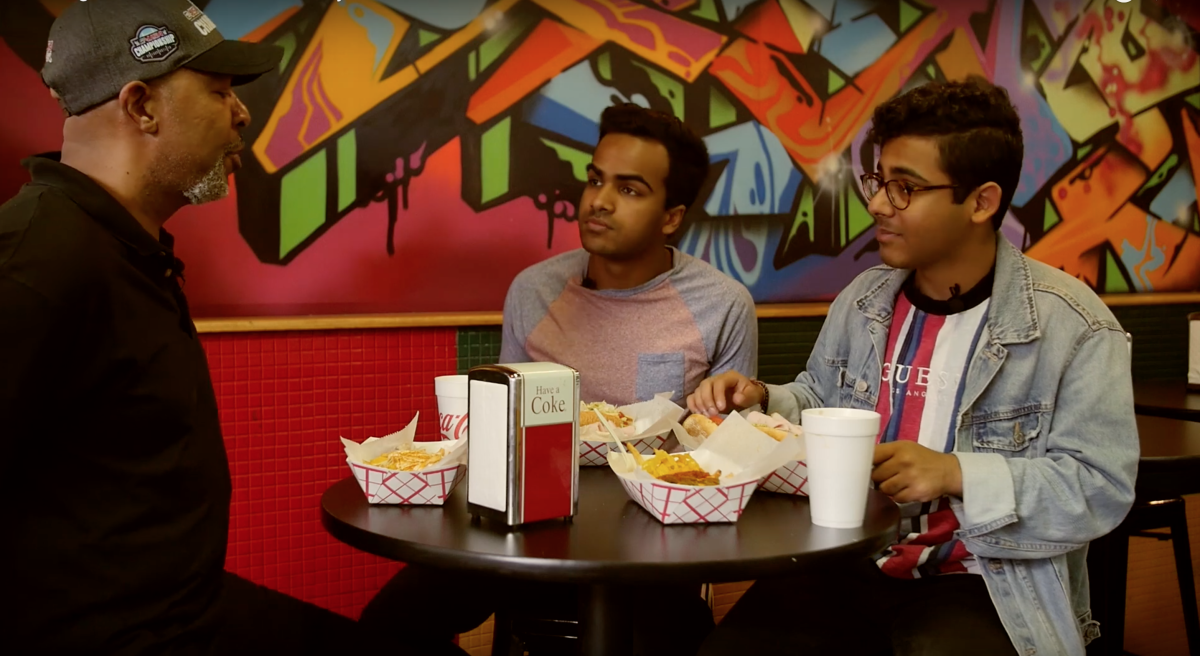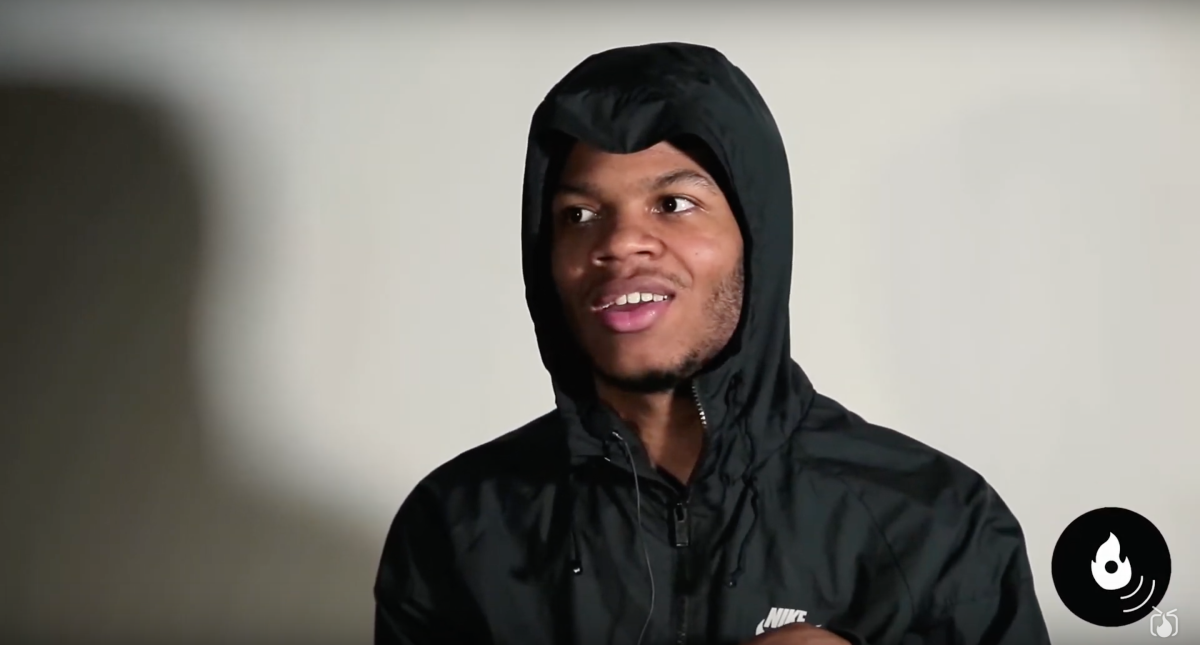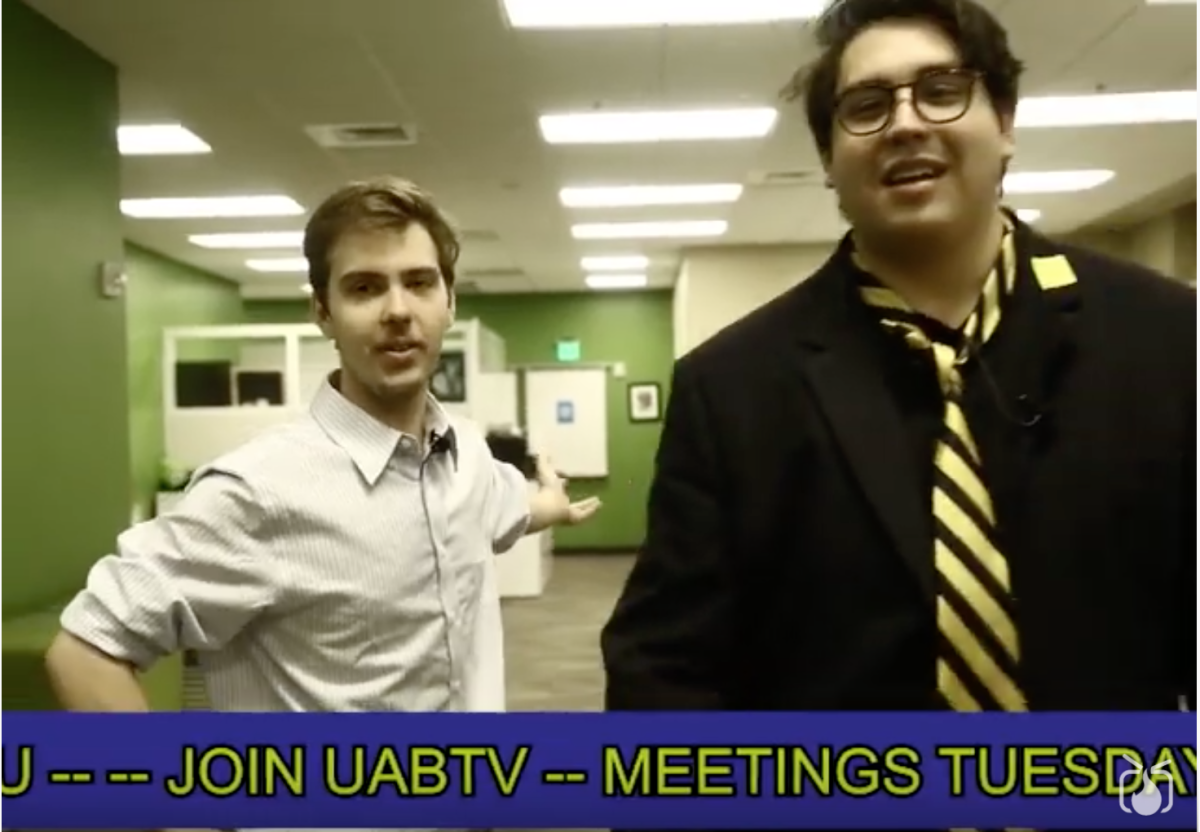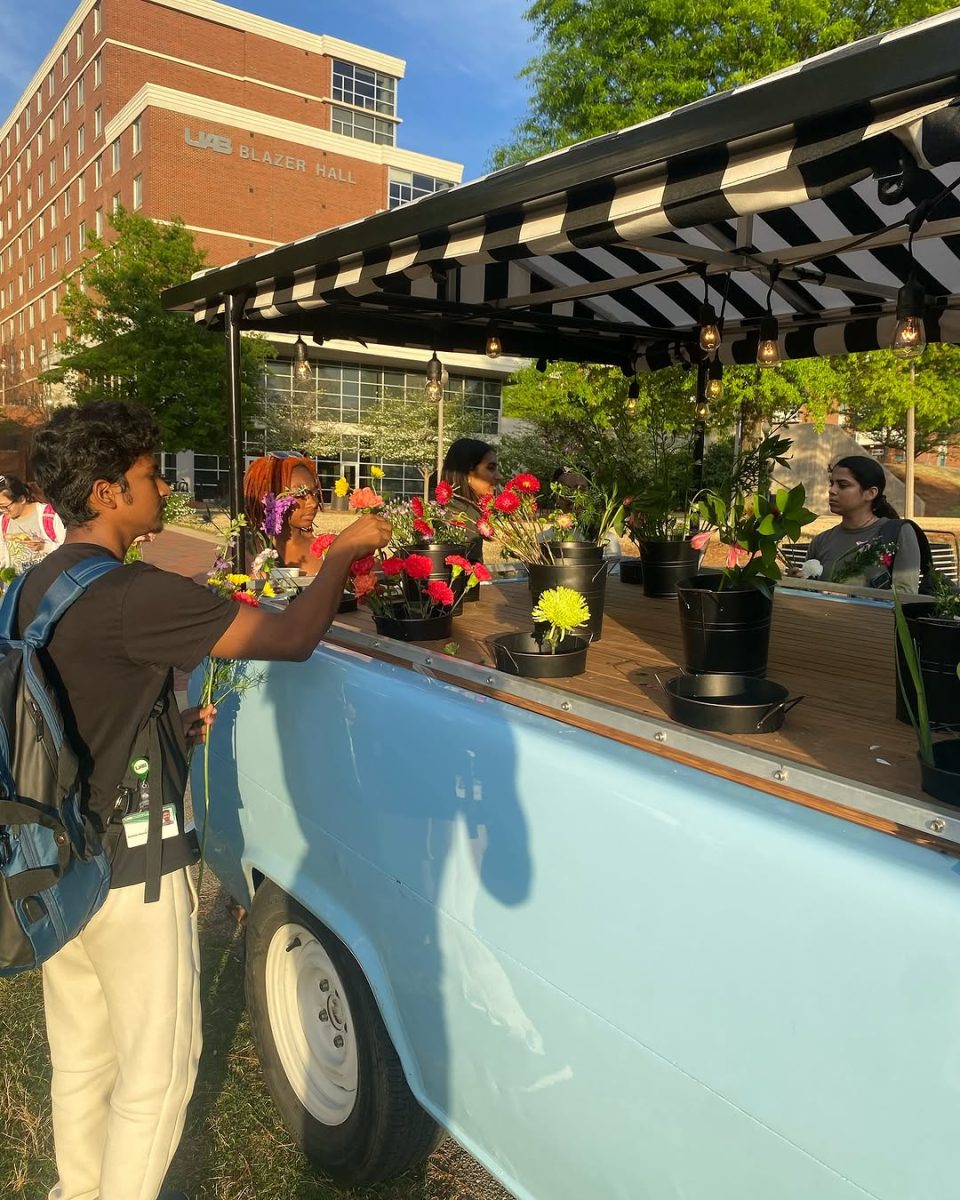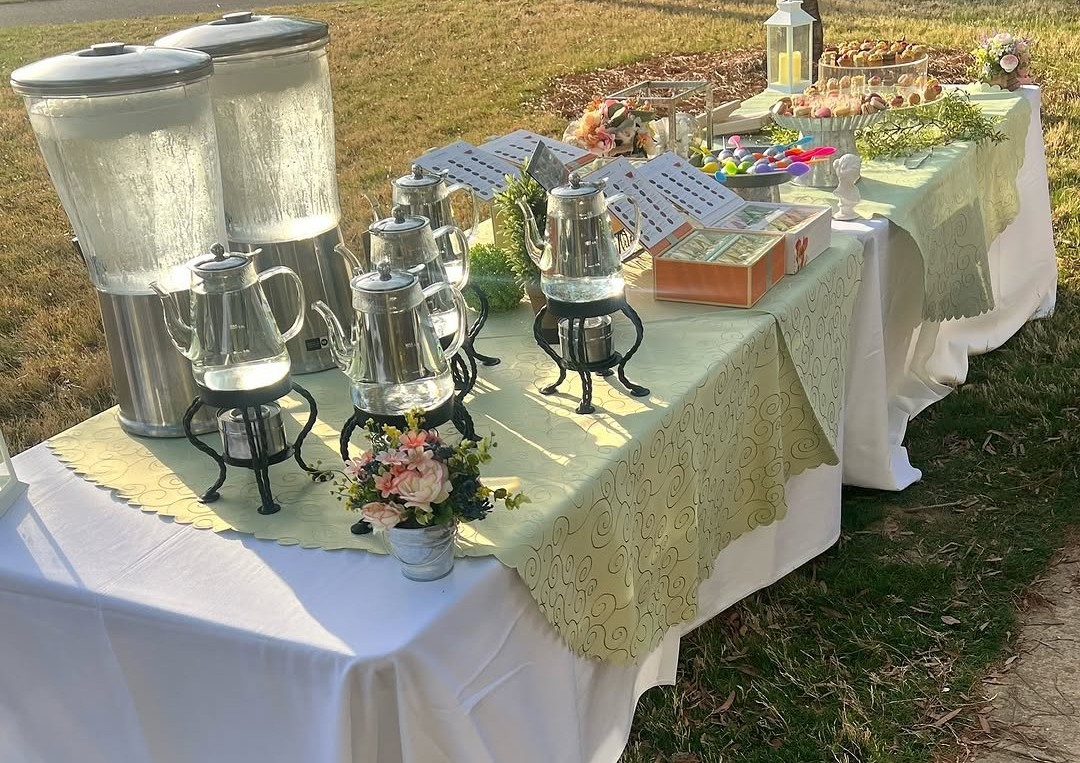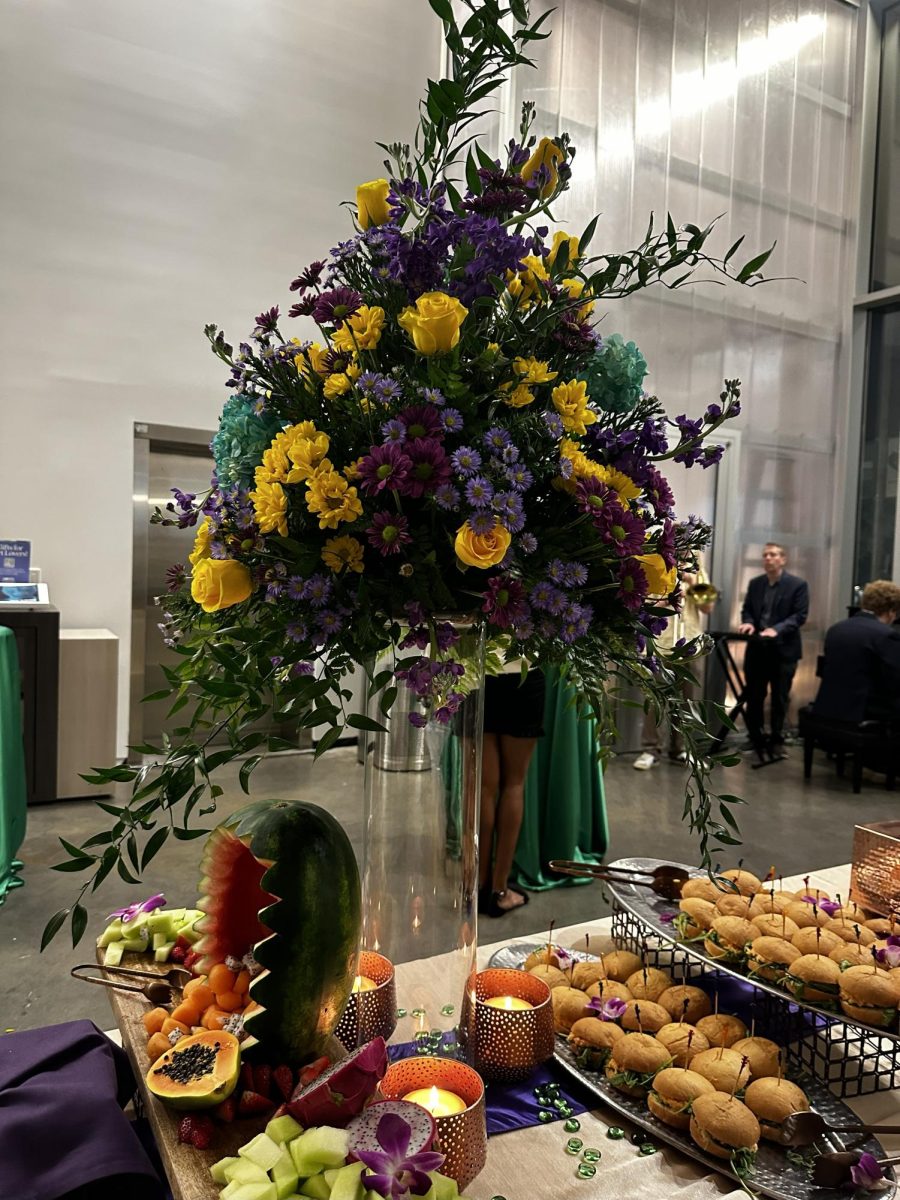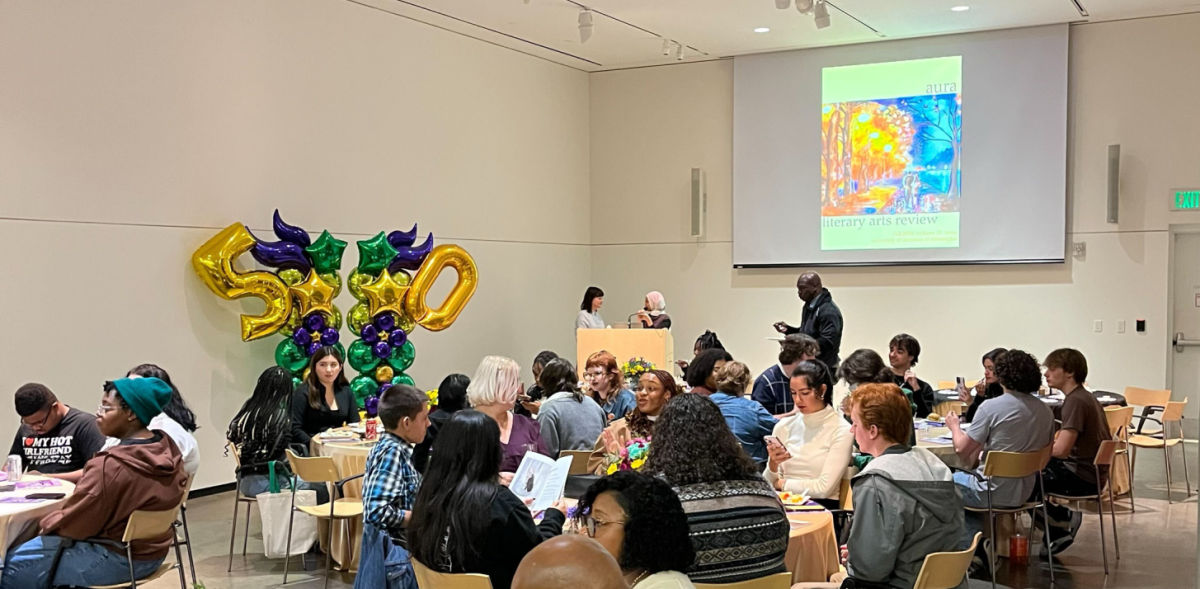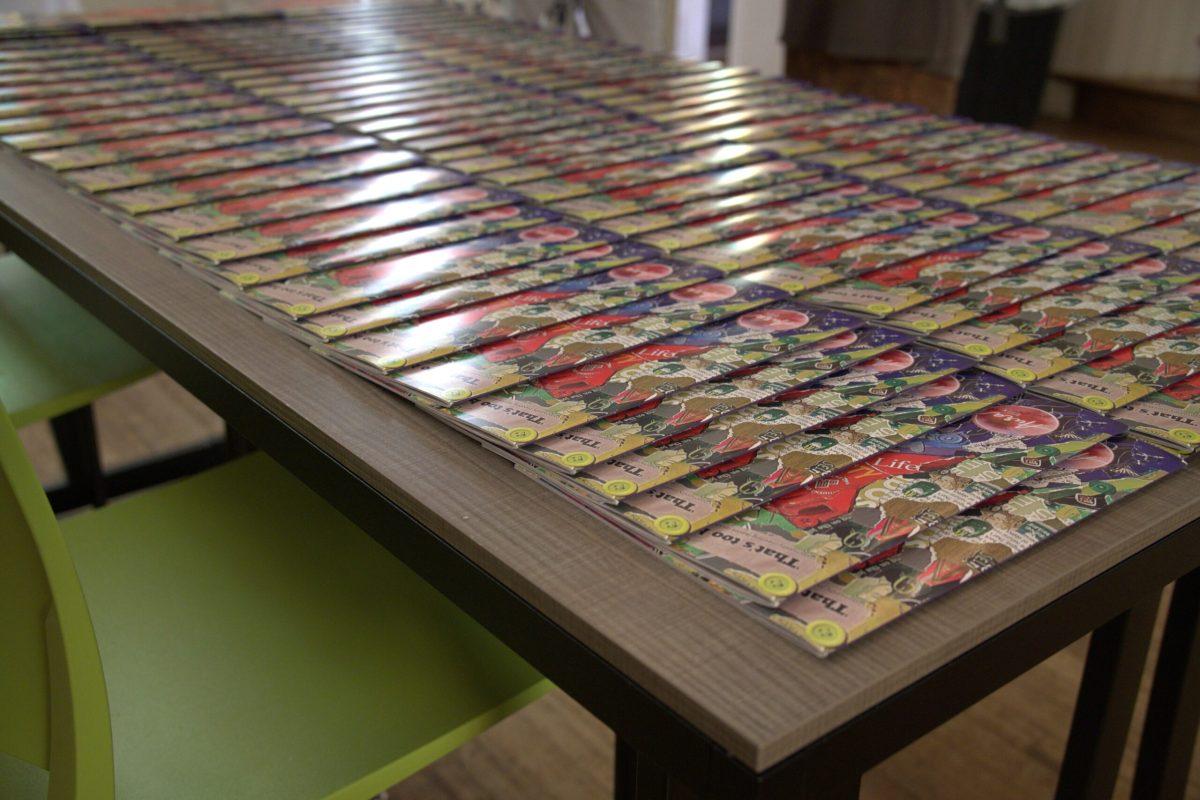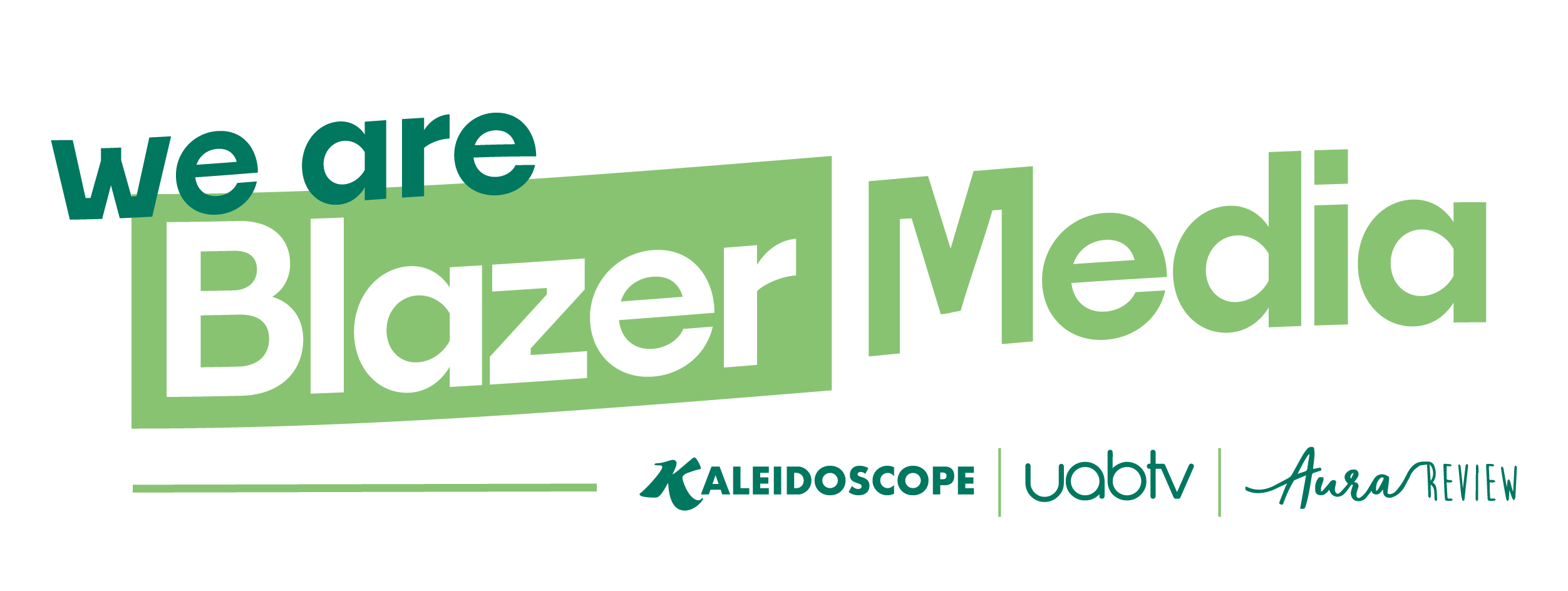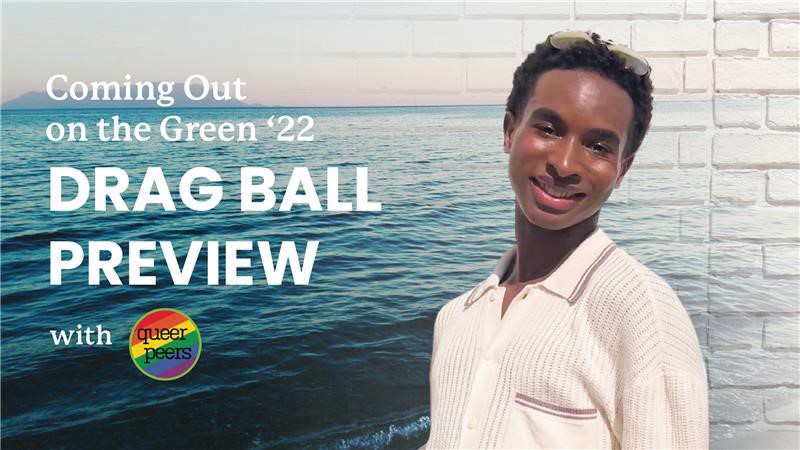LGBT History Month is just around the corner! To celebrate, Queer Peers, a UAB student organization, is hosting Coming Out on the Green, a week-long series of events loaded with workshops, trivia, tabling and more, all leading up to the Queer Peers Drag Ball on Sept. 30.
We sat down with the Queer Peers President Tacaris Hayward and Faculty Advisor Danny Blackwood to highlight ballroom terms to know before the upcoming drag ball.
Q: What is a ‘drag ball?’
A: (Blackwood) Drag is an art form that is a part of the queer community. It’s a way for people to dress up, show off their personal style, their dance moves and do a runway walk. It started as a way for [queer] people to perform an exaggerated gender expression. A drag ball is a place where drag performers can do runway walks and compete in different categories.
Q: What are the categories for the Queer Peers Drag Ball?
A: (Blackwood) For our drag ball, our categories are “drag,” “butch,” “face,” “vogue,” “costume,” and “house.”
Q: What do the “butch” and “drag” categories entail?
A: (Hayward) For butch, it is more of a masculine expression [and] the counterpart of drag, which is the expression of femininity. Anyone of any identity can perform either one of those categories — drag or butch — regardless of what you identify as.
(Blackwood) You might hear someone say “I’m a drag queen” or “I’m a drag king.” The drag queen would be someone who performs femininity, like the overexaggerated makeup, the fake hair and sparkly dresses. The drag kings performing “butchness,” or masculinity, would usually be walking with broad shoulders with padding to create the illusion of having bigger shoulders, painting on a fake beard and wearing men’s clothes.
Q: What is “face?”
A: (Hayward) Face is an expression of how creative you are with your makeup, facial features and anything in that realm.
Q: What is “vogue?”
A: (Hayward) Vogue is a dance more commonly found in the LGBTQ+ community.
(Blackwood) It’s a fluid dance style mostly focused on hand and arm movement, so you’ll see people doing the big motions, throwing their hands.
(Hayward) There are no specific rules to [vogue]; you can really make it your own, but it’s more commonly found in the wrist and hand motions.
Q: What is “costume?”
A: (Hayward) Costume is a little bit more self-explanatory. The theme this year is “Under the Sea,” so we’re judging based on how well your costume fits that theme.
Q: What is a “house?”
A: (Hayward) This year, students can compete in houses. I think a good way to think of it is like Hogwarts, where you can join a house or maybe a track team. Essentially when you walk in a ball with your house, you’re judge based on how much effort you put in as a team to look cohesive.
Q: Why is the significance of houses in the LGBTQ+ community?
A: (Blackwood) Ballroom houses originated in the LGBTQ+ community — specifically, in the black queer community — as a way to provide support and shelter to LGBTQ+ youth who have been kicked out of their homes by unsupportive family members. It was also a way for [LGBTQ+] people to break into the drag world and have some support going into that. Historically, houses would often be in a literal house, usually led by an older member of the queer community, who would be called the “house mother” or “house parent.” For the younger people in the house, very often [being a house parent] included providing them physical shelter and a chosen family environment to provide support, give them advice and help with their outfits or makeup if they were preparing to go to a drag competition. Being a member of a house was really twofold: It was both having a team for a competitive artform and a way to provide a family structure to those that did not have that from their biological families. So, that’s where [ballroom] originated from, and we especially want to honor that this was born in the black queer community as a part of ballroom culture.
Q: How will the winner be declared for each category?
A: (Blackwood) We have three judges. One is a UAB professor, one is from Central Alabama Pride, and one is from the [Transgender Advocates Knowledge Empowering Resource Center], a nonprofit which supports [transgender people] in Birmingham. We’ll have those three judges scoring off a rubric based on the category that each participant is competing in.
Q: Closing remarks?
A: (Hayward) The [Queer Peers] Drag Ball is to recognize our black queer members in our community. This event is our celebration of ballroom culture.
(Blackwood) Anyone is welcome to attend any of these events; you don’t have to be a queer person to come. Even if you don’t plan to compete, you can still come to the Ball Bootcamp or the workshops to learn. Just come as you are!
(Hayward) If anything, it’s a space to learn if you don’t identify with the LGBTQ+ community.
The Coming Out on the Green Drag Ball will take place on the Campus Green this Friday, Sept. 30 at 6 p.m. You can check out the full lineup of Coming Out on the Green events on Engage or on the Queer Peers Instagram page @queerpeersuab.
